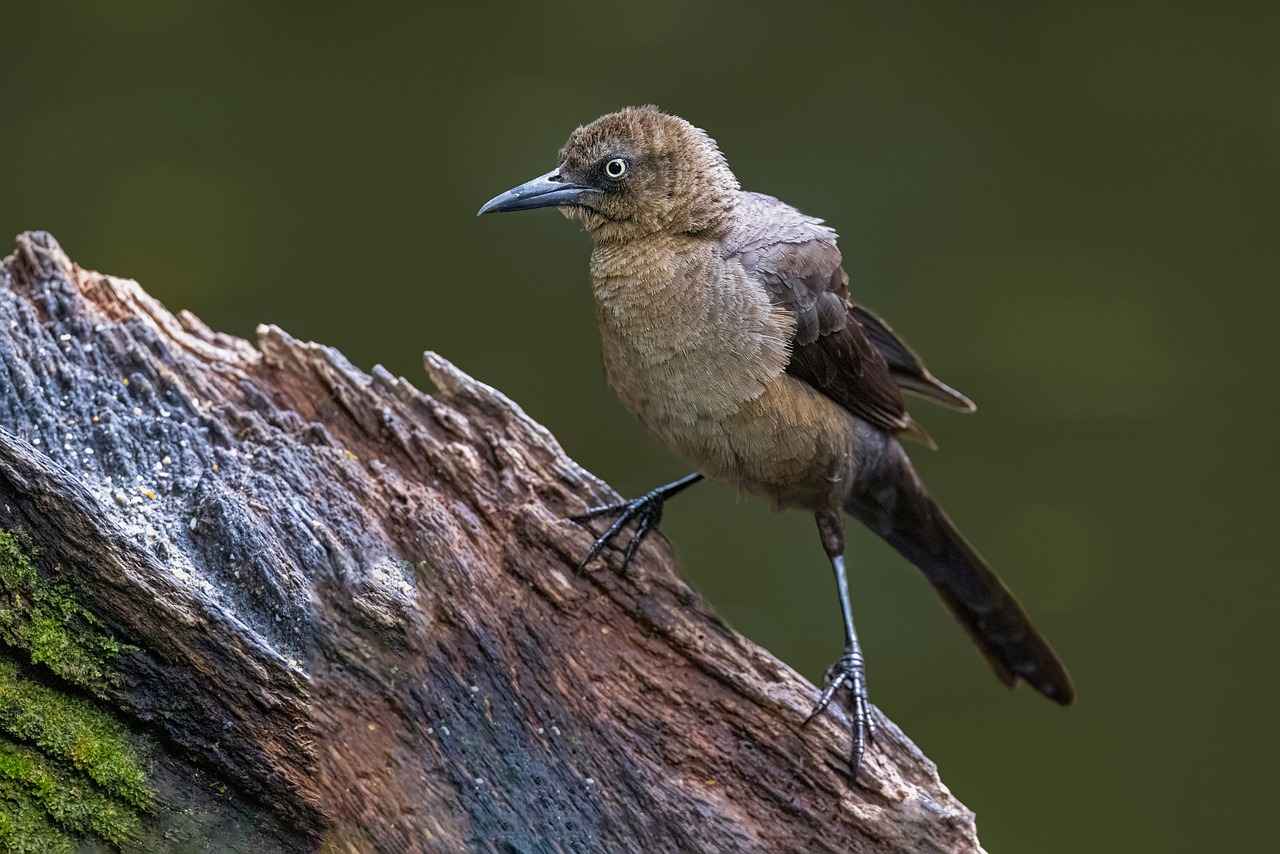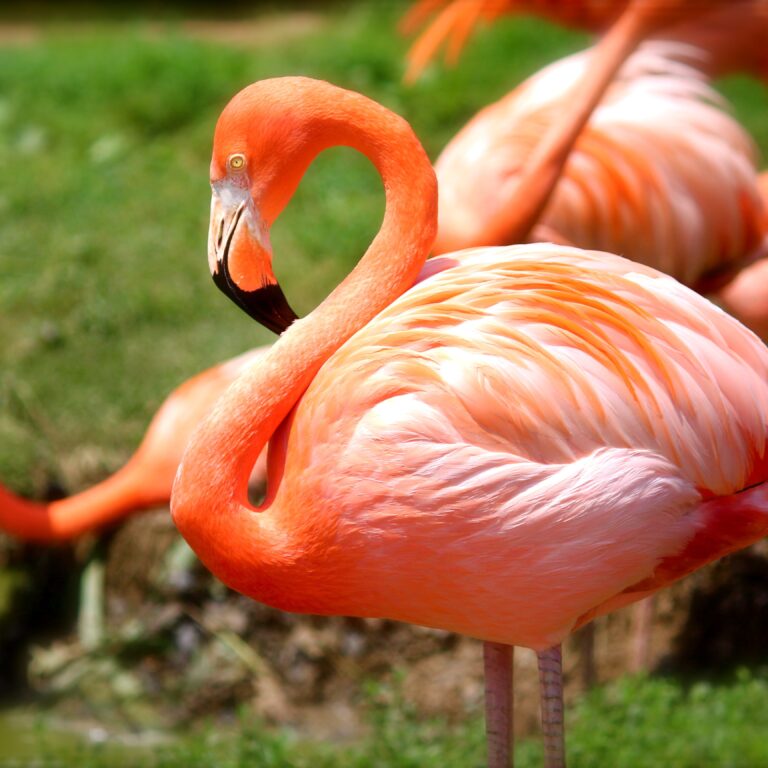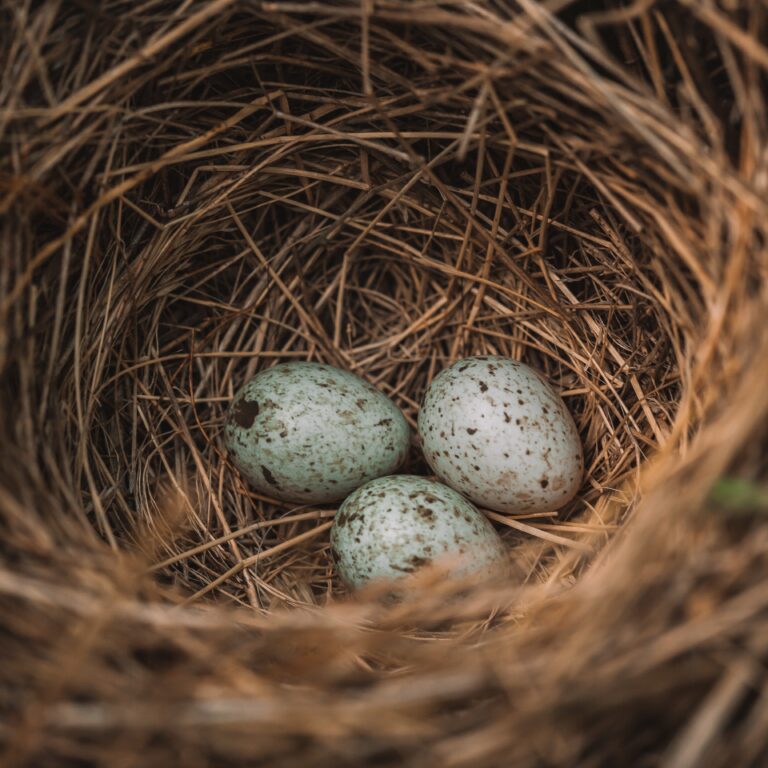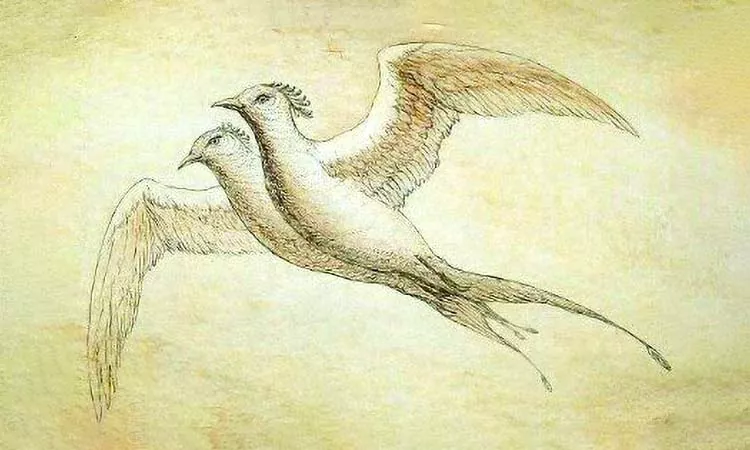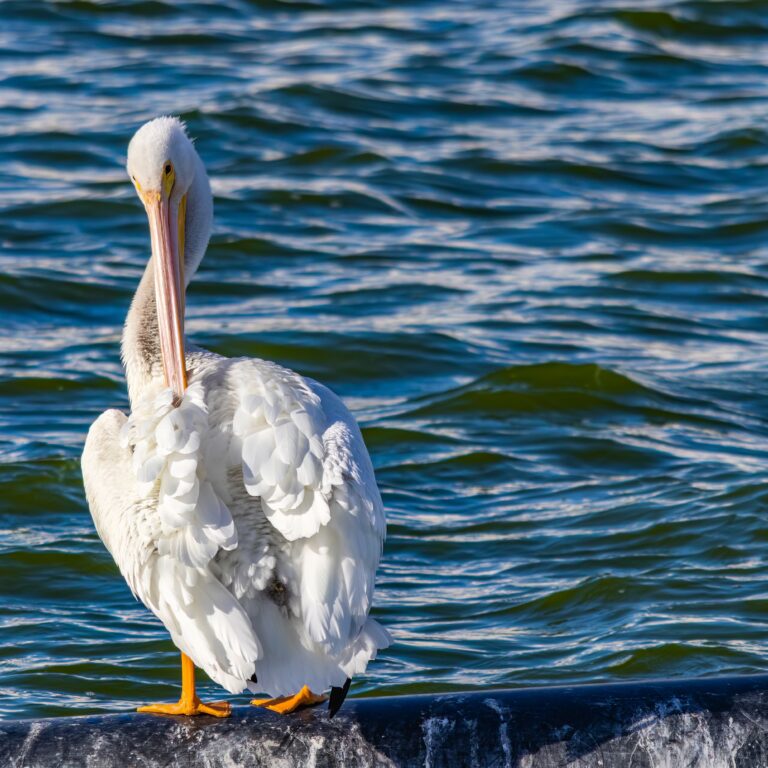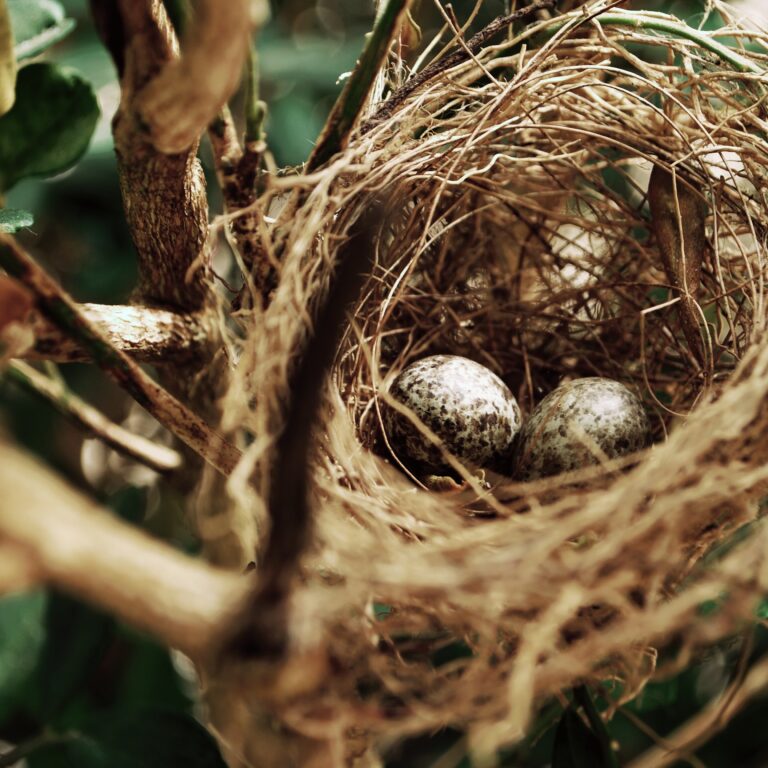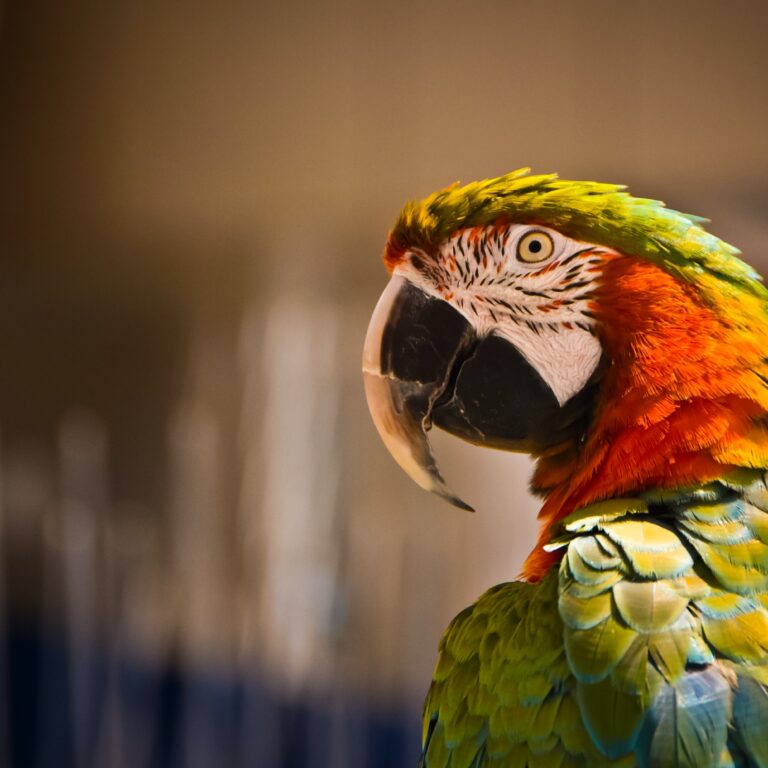The Fascinating World of Small Birds with Long Beaks
Small Birds with Long Beaks
If you’re someone who loves birds, you already know that they come in many different variety of shapes and sizes. From those with long, flowing tails to those adorned with vibrant and colorful feathers, birds are truly remarkable creatures. In this article, we’ll specifically delve into the world of small birds with long beaks. These birds are not only distinctive due to their extended beaks but also because of the remarkable and extraordinary ways in which they utilize them.
The Long-billed Dowitcher
The Long-billed Dowitcher is a small to medium-sized bird that can be easily mistaken for a snipe or sandpiper. What sets it apart is its long, needle-like beak, which it uses to probe the ground for invertebrates. These birds are typically found in wetlands, marshes, and mudflats, especially during migration and wintering. During the breeding season, they can be found nesting in the North American Arctic Tundra. The Long-billed Dowitcher’s diet primarily consists of aquatic invertebrates, but they’re not picky eaters and will also consume seeds and aquatic plants.

The Sword-billed Hummingbird
The Sword-billed Hummingbird is a remarkable bird with a beak longer than its body. It feeds on nectar from flowers with long corollas, using its unique beak and tongue to reach inaccessible nectar. Found in the Andes’ high montane forests, this hummingbird species measures around 13-14cm, with its bill contributing almost 10cm. Its vibrant green feathers with hints of bronze make it a truly captivating sight.
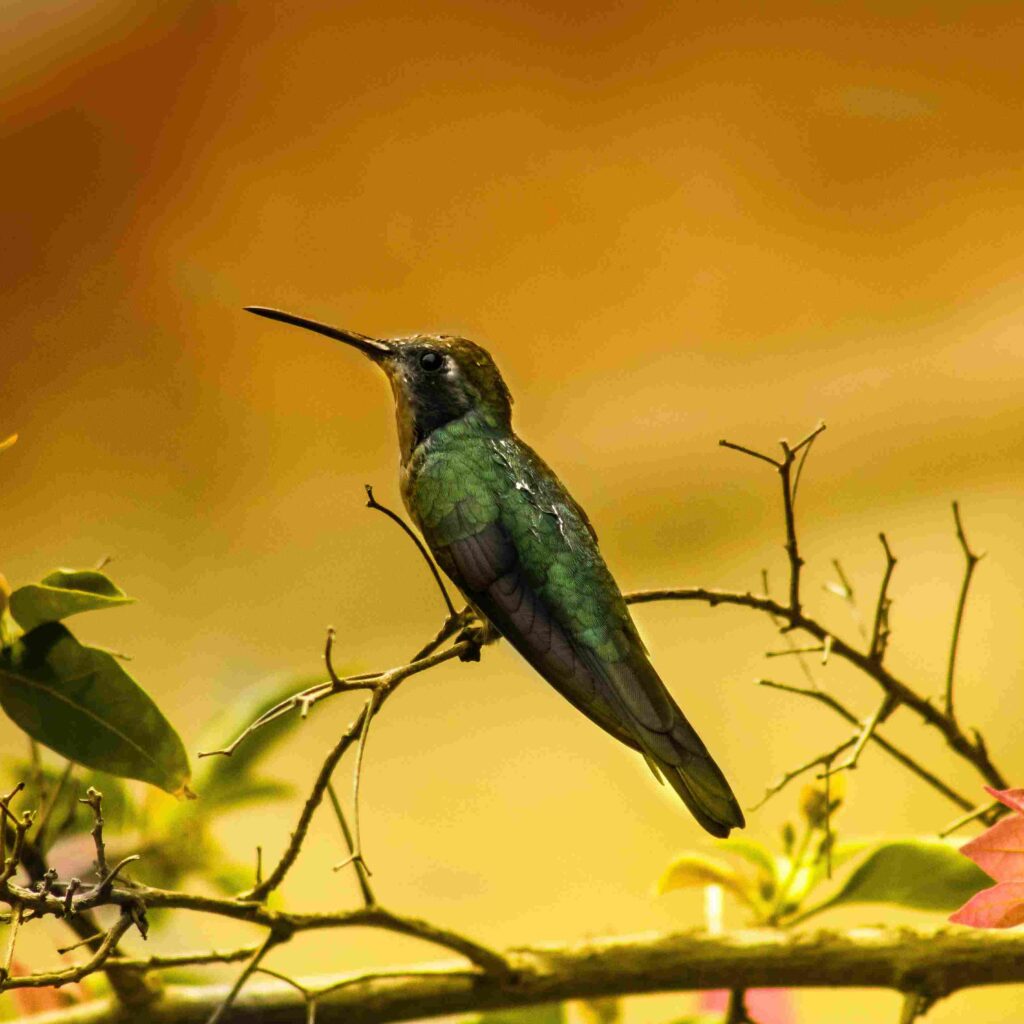
The Black-tailed Godwit
The Black-tailed Godwit is an elegant and slender bird, displaying a size that falls between small and large. The male of this species is truly a sight to behold with its mesmerizing brick-red breeding plumage. One striking feature it possesses is its long and straight bill, which comes in handy when foraging in deep water. These stunning birds are often seen in freshwater marshes and estuaries, where they rely on a diet consisting of insects, worms, and aquatic plants. During migration and winter, they can be found in diverse wetland environments.
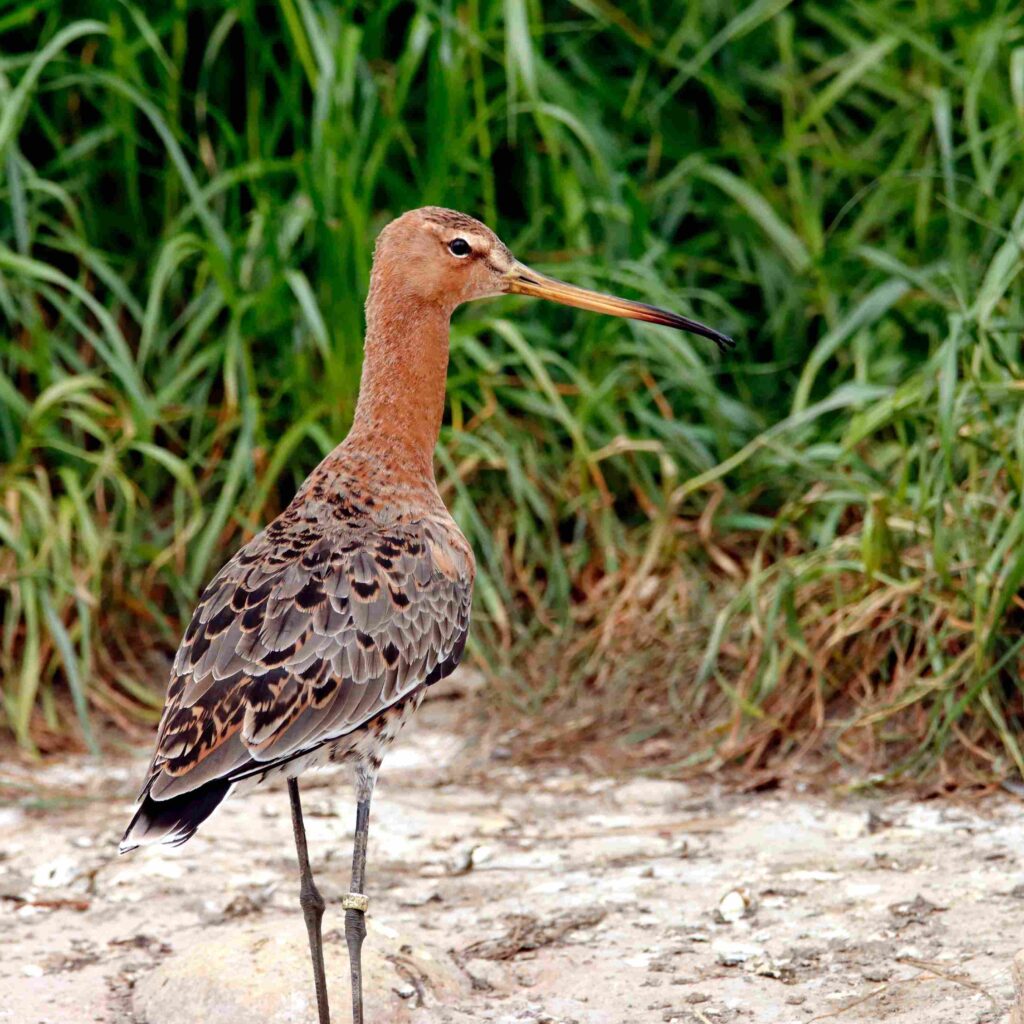
The American Woodcock
The American Woodcock may appear plump and round, not catching much attention at first glance. However, this unassuming bird possesses some remarkable qualities. Its mottled plumage provides excellent camouflage, helping it blend seamlessly with its surroundings and avoid predators. One of its key assets is its long bill, which it skillfully uses to probe the soil in search of earthworms. These birds are commonly found in young forests and wet meadows across the eastern region of North America. While earthworms are their preferred meal, they also indulge in insects, mollusks, and plant matter.
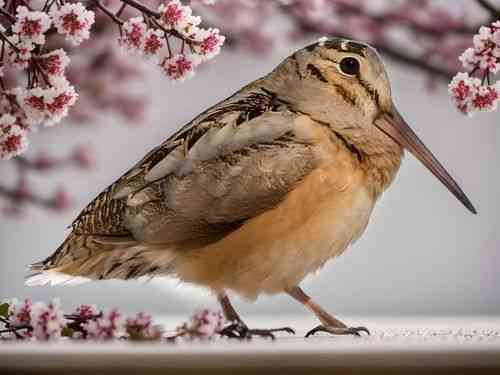
The Common Snipe
The Common Snipe is a bird known for its ability to effortlessly blend into marshy grasslands. With a length of about 25-27cm, it boasts an impressively long and flexible bill that is perfectly suited for extracting invertebrates from mud and soil. Found in various regions spanning Europe, Asia, and North America, the Common Snipe thrives in marshlands, whether they are freshwater, saltwater, or somewhere in between. Their diet primarily consists of invertebrates, but they occasionally supplement it with plant matter.
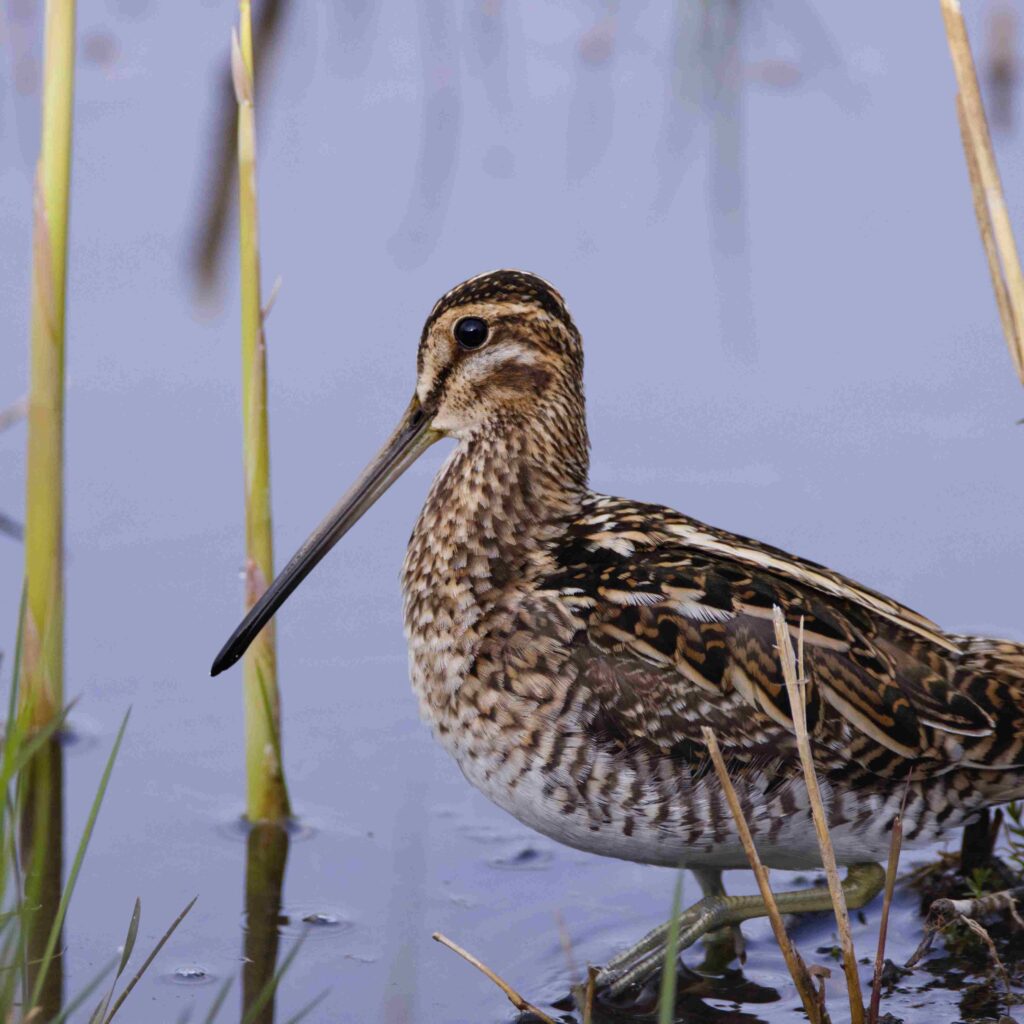
The Whimbrel
The Whimbrel has a long, curved beak that’s hard to miss, almost as if it’s always asking the question, “Why so serious?” They’re a bit larger than the other birds on this list, measuring around 37-47cm. Whimbrels are found across the world, with a breeding range that spans from the Arctic regions of North America and Eurasia to Africa, South America, and Australia during the winter. They love their seafood and use their long beaks to probe sand and mud for invertebrates, particularly crabs and mollusks.
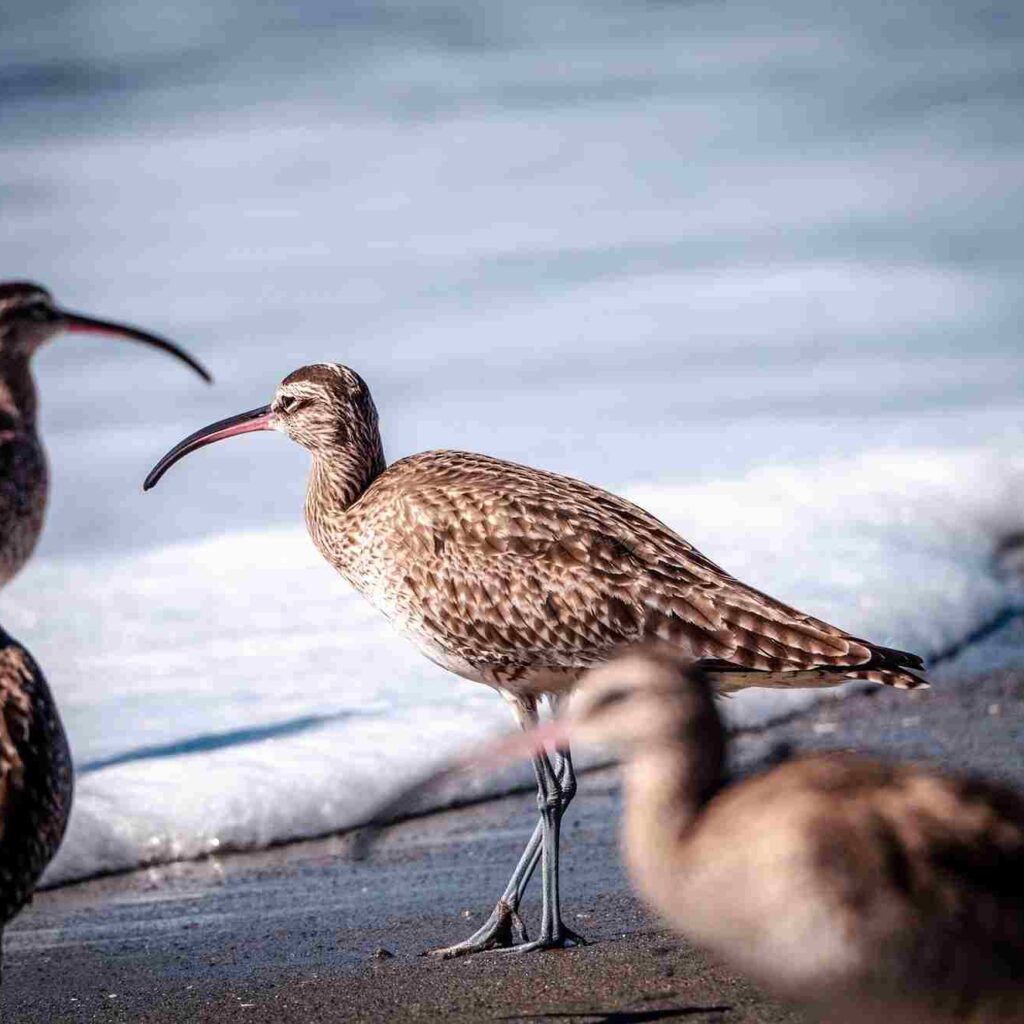
The Bar-tailed Godwit
The Bar-tailed Godwit is the slightly smaller cousin of the Black-tailed Godwit. A touch smaller than its cousin, this bird measures 37-41cm and has a slightly upturned bill. Its non-breeding plumage is a dull grey, but come the breeding season, the underparts turn a lovely rufous. The Bar-tailed Godwit breeds in the Arctic of Eurasia, but when the cold sets in, it migrates to Africa, Australasia, and Southern Asia. It prefers coastal areas, where it uses its long bill to probe the ground for invertebrates, particularly worms, and shellfish.
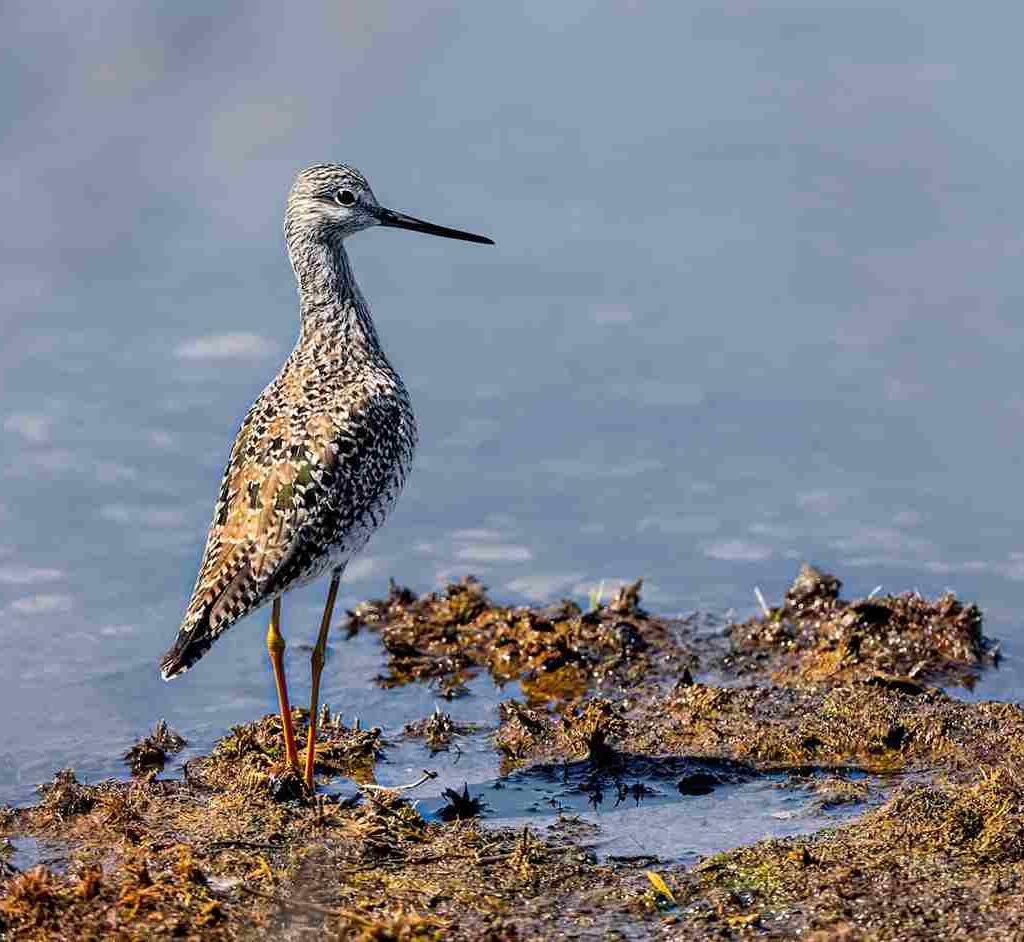
The Curve-billed Thrasher
The Curve-billed Thrasher is a remarkable bird that catches the eye in the desert with its distinctive grey-brown plumage and long, curved bill. Unlike the other birds mentioned, this species flourishes in the desert scrub and spiny succulent forests. Its diet is as varied as its habitat, encompassing insects, seeds, fruits, and occasionally small lizards. With a measurement of around 26-28cm, this bird is commonly encountered in the Southwestern United States and Mexico.
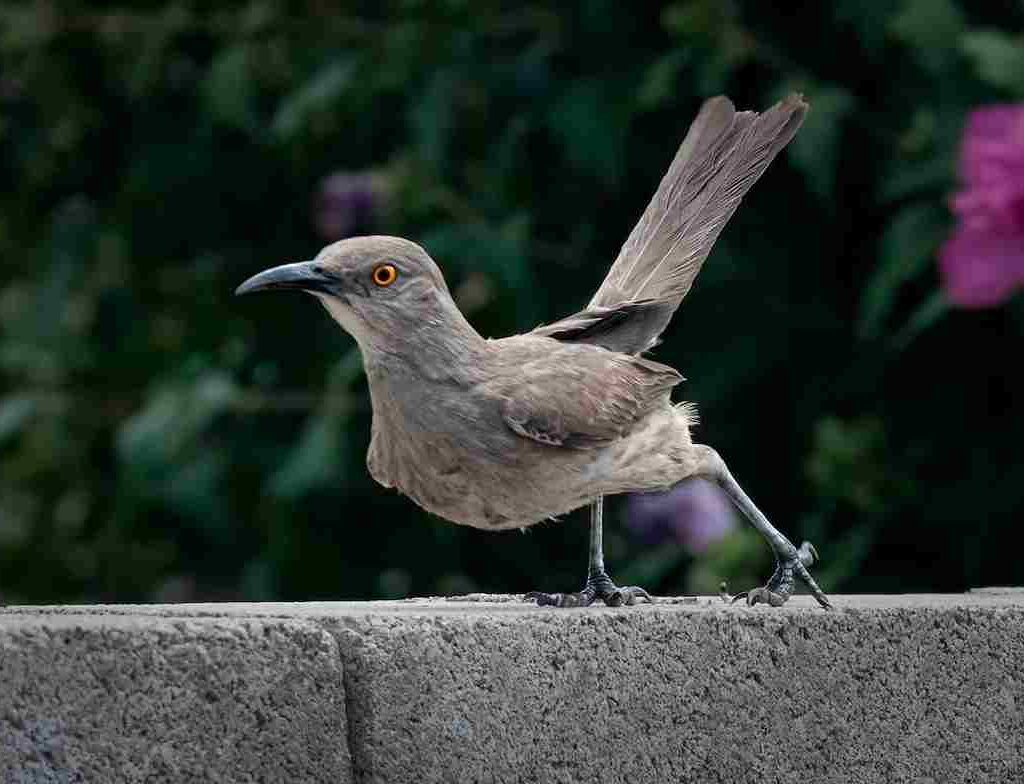
The Long-billed Curlew
The Long-billed Curlew has one of the longest bills among North American birds. This bird is rather large compared to others on the list, measuring 50-65cm in length. Its cinnamon-brown plumage and extraordinarily long, decurved bill make it a memorable sight. The Long-billed Curlew breeds in the grasslands of the Great Plains and Great Basin. They eats the insects and small vertebrates during the breeding season but switches to a seafood diet on its coastal wintering grounds.
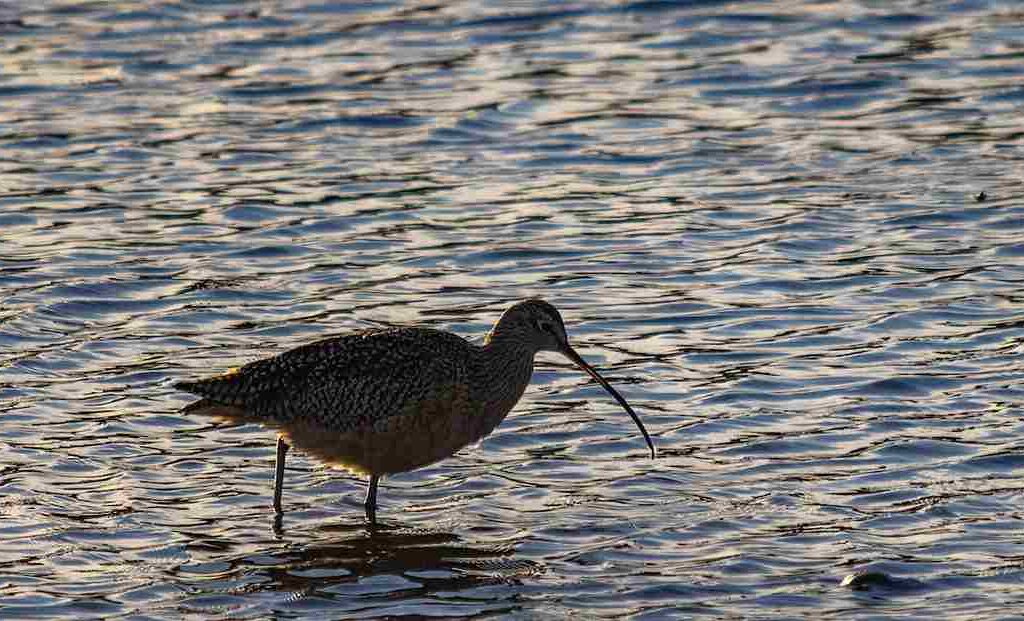
The Green Hermit
The Green Hermit is a notable hummingbird species known for its size, found in the humid forests and woodlands spanning from Central America to the northern parts of South America. What sets this bird apart is its impressively long and curved bill, which has evolved as an adaptation to feeding from the extended, tubular flowers that perfectly match its bill’s shape.
Nectar serves as the primary source of nutrition for the Green Hermit, but it also doesn’t hesitate to capture the occasional insect or spider. An intriguing behavior exhibited by this species is traplining, where it follows a habitual path, visiting multiple plants in a specific sequence to feed.
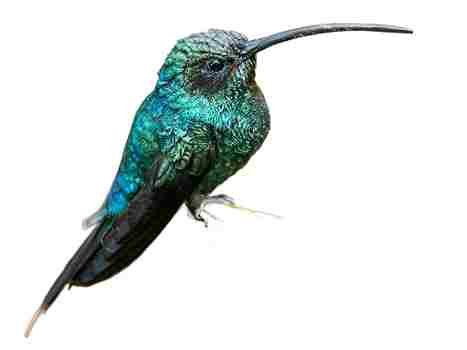
Conclusion
In conclusion, small birds with long beaks are fascinating creatures that have adapted to their environment in unique ways. From probing soil for earthworms to sipping nectar from long, tubular flowers, these birds have a range of feeding habits that make them stand out in the bird world. Each bird on this list has its unique characteristics, but they all share the common trait of an elongated beak that sets them apart from their counterparts. Remember, conservation is key, so respect their habitats and observe from a distance.
Frequently Asked Questions
What is a small brown bird with a long beak in southern texas
A small brown bird with a long beak commonly found in southern Texas is the Curve-billed Thrasher.
What kind of bird is small with long beak?
A bird that is small in size and has a long beak belongs to the hummingbird family.
What bird is small with long curved skinny beak?
A bird that is small in size and possesses a long, curved, and skinny beak is the Curve-billed Thrasher.
What bird has a long beak?
There are several bird species that have long beaks, including the Sword-billed Hummingbird, Long-billed Dowitcher, and American Woodcock, among others.
What is a large water bird with a long beak?
A large water bird with a long beak is the American Woodcock.
What is the name of the long and slender beak?
The name for a long and slender beak is a “bill.”
What is a small brown bird with a long beak?
A small brown bird with a long beak is often referred to as a “shorebird” or a “wader.”
What is a small bird with a long beak?
A small bird with a long beak is commonly known as a “warbler” or a “finch.”
What bird has the shortest beak?
The bird with the shortest beak is the kiwi.

